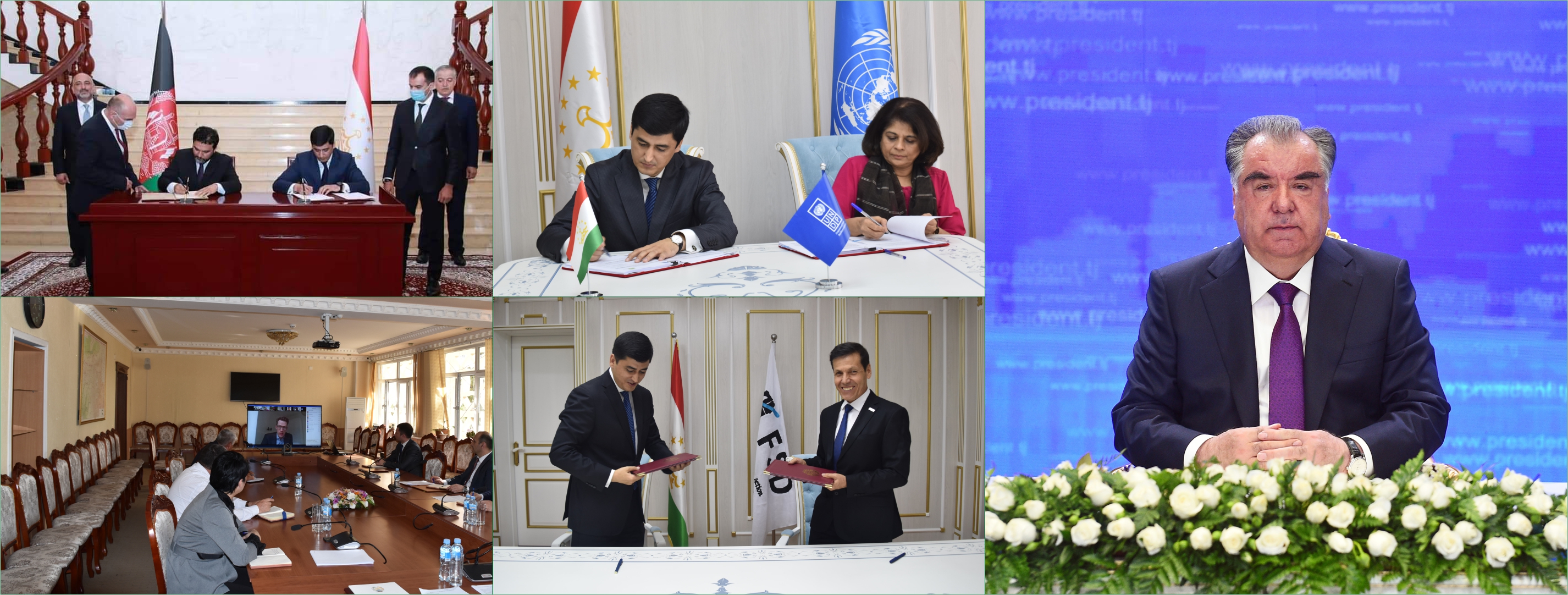RAMSAR CONVENTION ON WETLANDS IN THE REPUBLIC OF TAJIKISTAN
The Republic of Tajikistan has signed the Ramsar Convention on Wetlands in 2001. The term wetlands is defined in the Convention as marshes, peat bogs or natural or artificial, permanent or temporary, standing or сirculating water reservoirs, coastal areas, brackish waters, including marine areas, the depth of which does not exceed six meters. Water rights are identified as habitats for rare transboundary birds.
The goals and objectives of the Convention are the conservation and sustainable use of all wetlands through local, regional and national operations and international cooperation as a contribution to sustainable development.
The National Center on the Implementation of the National Action Plan of Environmental Protection of the Committee for Environmental Protection under the Government of the Republic of Tajikistan was appointed the authorized body for the implementation of the Ramsar Convention in Tajikistan and implements it in practice.
The following work was done to implement the Ramsar Convention on Wetlands in the Republic of Tajikistan in 2020.
At the request of the Ramsar Secretariat, the latest information was analyzed and entered into the global Ramsar database on 5 wetlands in the Republic of Tajikistan: Lake Karakul, Rangkul, Shorkul, Zorkul, Tigrovaya Balka and Kairokkum reservoir, which were included in the list of the Ramsar Convention.
In accordance with the work plan of the 13th Conference of the Parties to the Ramsar Convention, which includes more than 25 decisions and resolutions, will be collected, analyzed and used to include its items in the national strategies and programs, reports and projects. The list of decisions of the Conference of the Parties is attached.
The Strategic Action Plan of the Ramsar Convention for 2016-2024 is analyzed and the data is prepared on the implementation of the goals and itemss of the Action Plan in the Republic of Tajikistan. The Convention's Strategic Action Plan has four objectives to address the risks and factors of wetland loss and degradation.
Goal 1: The benefits of wetlands are demonstrated in the national / local strategies and plans related to key sectors such as water supply, energy, mining, agriculture, tourism, urban planning, infrastructure, industry, forestry and fisheries at the national level and implemented locally.
Goal 2. Use water for the needs of wetland ecosystems to perform their functions and provide services at appropriate levels, including at the basin level or in the coastal sensitive area.
Goal 3. The public and private sectors will intensify their efforts to implement principles and best practices in water and wetland management.
Goal 4. Invasive alien species and their modes of entry are identified and classified according to priorities, the priority alien species are regulated or eliminated, and the necessary measures are developed and implemented to prevent these risks.
The priorities for the protection and conservation of wetlands will be included in the National Strategy and Action Plan for the Conservation and Rational Use of Biological Diversity of the Republic of Tajikistan for 2016-2020 to implement the objectives of the Convention at the national level.

.png)
.png)









